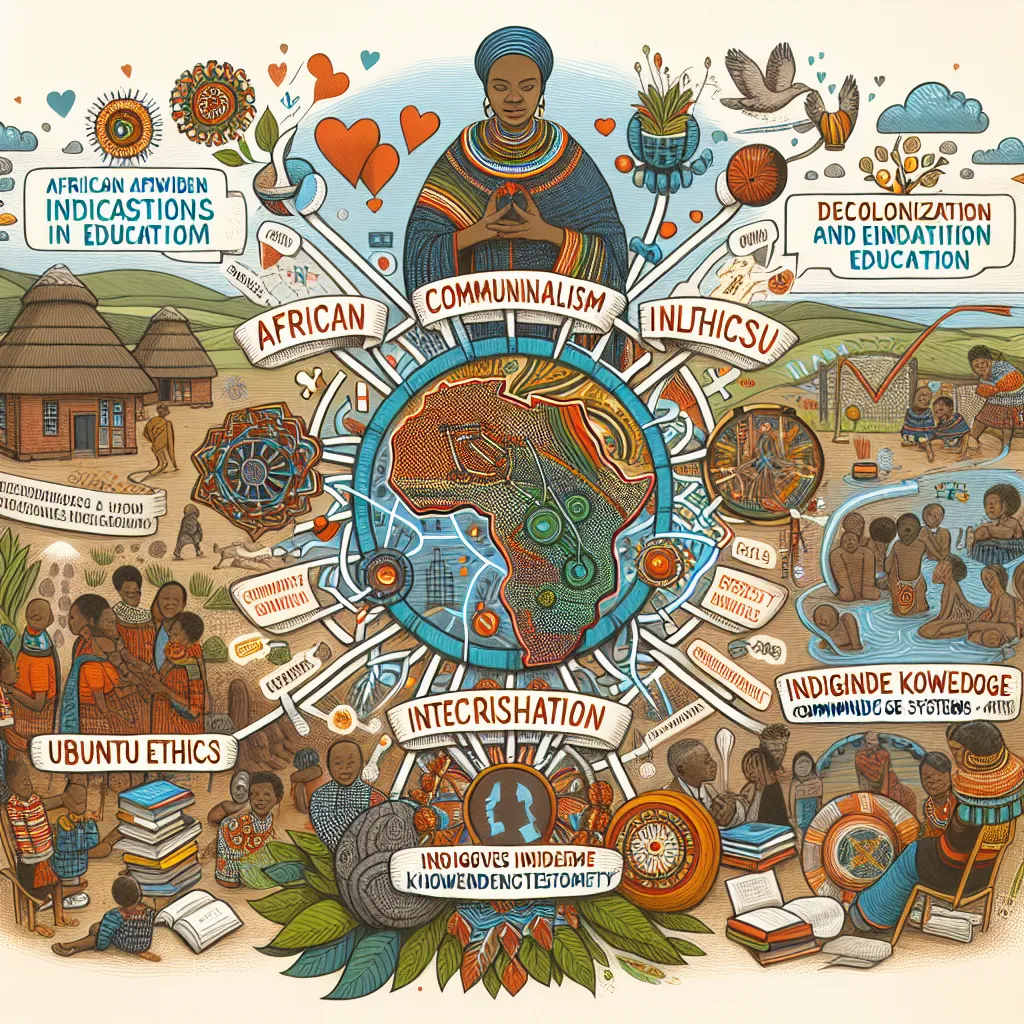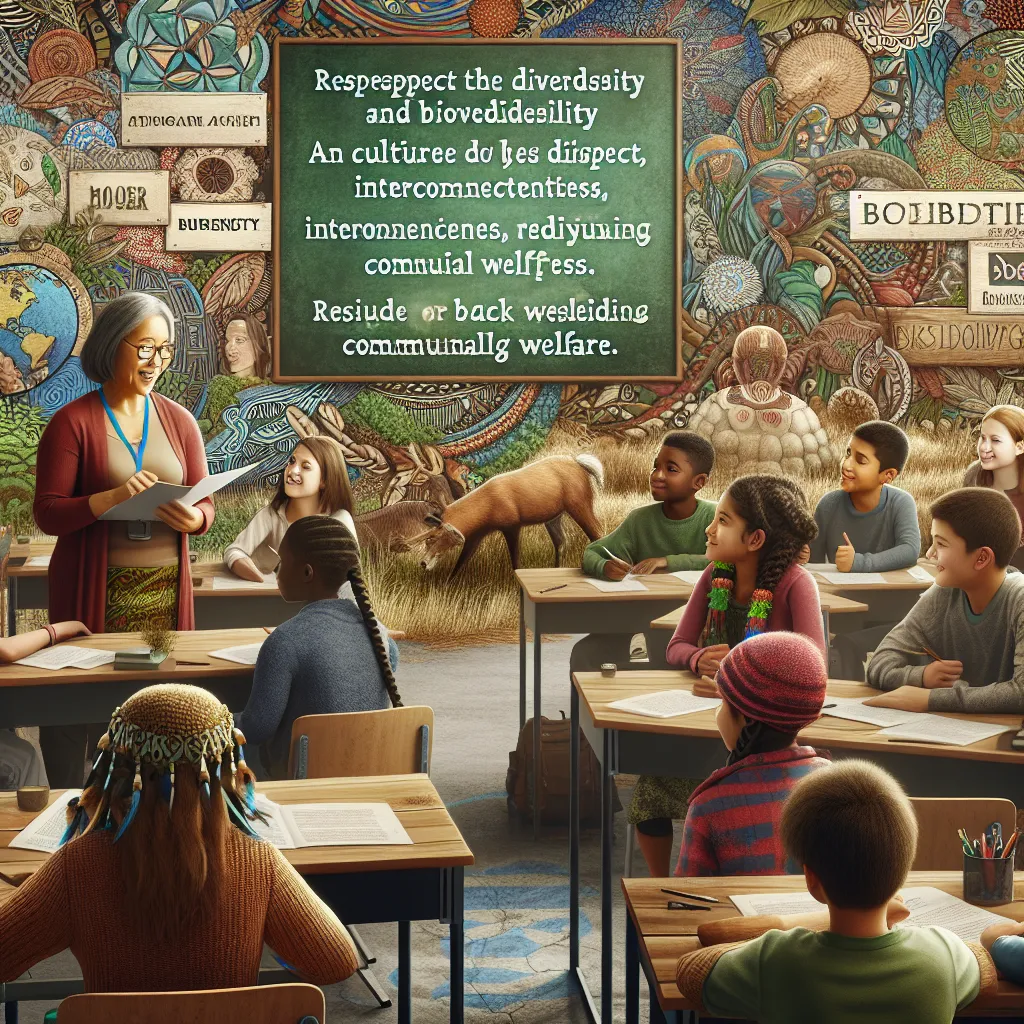Ask AI on The Internet
Question: Construct your own teaching philosophy, which you will you use in your teaching practice.
Creating a teaching philosophy is a reflective process that helps clarify your beliefs, values, and approaches to education. A well-articulated teaching philosophy guides your teaching practices and helps you consistently create effective learning experiences for your students. Below is a sample teaching philosophy that you can adapt to align with your own values and goals: ### Teaching Philosophy #### Core Beliefs 1. **Student-Centered Learning:** I believe that education should be student-centered, focusing on the needs, interests, and abilities of each learner. By creating a supportive and inclusive environment, I can encourage students to take ownership of their learning journey. 2. **Lifelong Learning:** I am committed to fostering a love for lifelong learning. I aim to inspire curiosity and a passion for knowledge, which extends beyond the classroom and into all areas of life. 3. **Critical Thinking and Problem Solving:** I believe that teaching students how to think critically and solve problems is crucial for their personal and professional lives. I aim to challenge students to question assumptions, analyze information, and make informed decisions. 4. **Respect and Diversity:** I value diversity and strive to create an inclusive classroom where all students feel respected and valued. Understanding and appreciating different perspectives enrich the learning experience for everyone. #### Teaching Strategies 1. **Active Learning:** I employ active learning strategies to engage students in the learning process. Techniques such as group discussions, hands-on activities, and real-world problem-solving exercises help students apply concepts and retain knowledge more effectively. 2. **Collaborative Learning:** I encourage collaboration among students through group projects and peer-learning opportunities. Working together fosters communication skills, teamwork, and a deeper understanding of the material. 3. **Differentiated Instruction:** I recognize that students have diverse learning styles and abilities. I use differentiated instruction to tailor my teaching methods and materials to meet the specific needs of all students, ensuring that everyone has an opportunity to succeed. 4. **Assessment for Learning:** I use a variety of formative and summative assessments to gauge student understanding and inform my teaching. Continuous feedback helps students understand their progress and identify areas for improvement. 5. **Technology Integration:** I incorporate technology into my teaching to enhance learning and provide students with digital literacy skills. Tools such as educational software, online resources, and interactive presentations can make learning more engaging and accessible. #### Professional Development 1. **Continuous Improvement:** I am dedicated to my own professional growth. I seek opportunities for ongoing professional development, attend workshops, and collaborate with colleagues to stay current with the latest educational research and best practices. 2. **Reflective Practice:** I regularly reflect on my teaching practices and seek feedback from students and peers. This reflection helps me identify strengths and areas for growth, leading to continuous improvement in my teaching. #### Goals for Students 1. **Academic Excellence:** I strive to help students achieve academic excellence and reach their full potential. 2. **Personal Growth:** I aim to support the personal growth of each student, helping them develop confidence, resilience, and a growth mindset. 3. **Social Responsibility:** I encourage students to become socially responsible and ethical individuals who contribute positively to society. In summary, my teaching philosophy centers on creating a student-centered, inclusive, and dynamic learning environment. By using active and collaborative teaching methods, differentiated instruction, and a commitment to professional growth, I aim to inspire and empower my students to become lifelong learners and responsible global citizens. Feel free to adapt this philosophy to better reflect your own beliefs, experiences, and goals as an educator.
Think your answer is better than the AI's? Post it below.
Question Tags
If you want your question answered by an AI, click here.







Post your own comment: